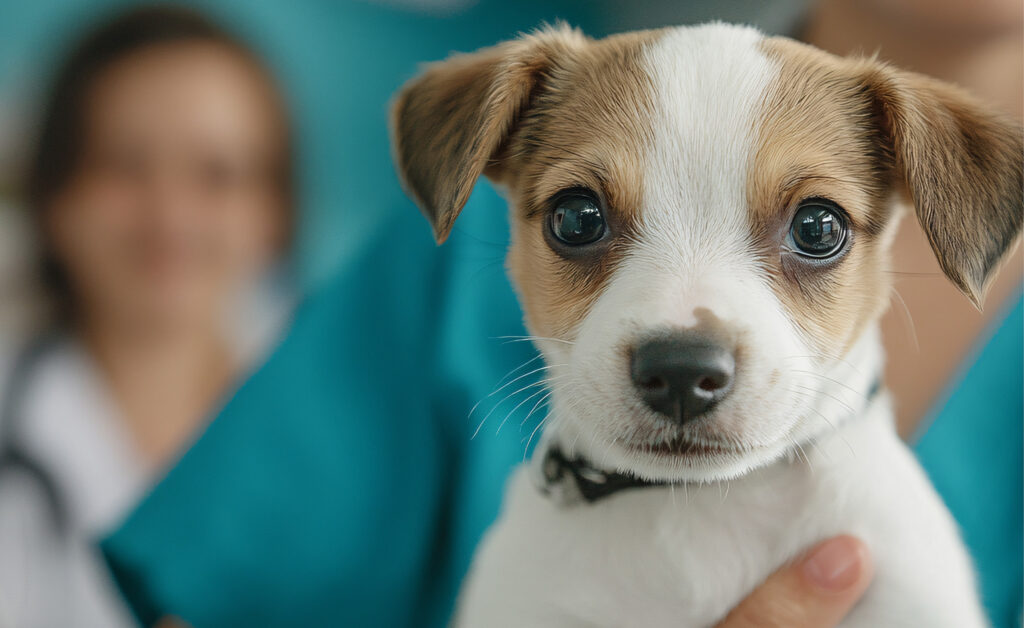Words Jacqueline Nicoll, K & Co. Marketing
We like to think of our homes and neighbourhoods as safe havens for our four-legged companions, but the truth is, the world is full of tiny landmines that can cause outsized harm. From the smoldering stub of a cigarette tossed on the sidewalk to the innocent-looking houseplant on your windowsill, danger for pets often comes in forms we hardly notice. The irony is that while we diligently keep chocolate out of reach, it’s the overlooked items, often hiding in plain sight, that pose some of the biggest threats.
The obvious (but still everywhere) menace starts with cigarette and joint butts. To humans, they’re just litter. To a curious dog or cat, they’re an intriguing snack-sized object. Nicotine is a fast-acting toxin, and even a single discarded butt can lead to vomiting, seizures or worse in pets. The same goes for marijuana leftovers. Marijuana exposure in pets isn’t a joke, it’s a medical emergency. Dogs in particular are vulnerable to THC toxicity, which can cause lethargy, disorientation, and in severe cases, tremors or coma. The problem isn’t limited to city sidewalks either: party aftermaths in backyards and parks leave a smorgasbord of hazards for pets with better noses than judgment. The best defense is vigilance: keep walks on a short leash, scan the ground before your pet does, and if you suspect they’ve ingested something toxic, call your vet or an emergency clinic immediately.
Plants add another layer of risk. Lilies are notorious for being lethal to cats, while azaleas, tulips, and even seemingly harmless pothos plants can cause gastrointestinal upset or worse. The trouble is, greenery looks the same to our pets, whether it’s safe or not. Dogs chew when they’re bored, cats nibble when they’re curious, and neither consults a gardening guide before snacking. Pet owners often learn the hard way that their decorative centrepiece doubles as a veterinary emergency waiting to happen. A good rule of thumb? If you can’t identify a plant, assume it’s unsafe until proven otherwise.
Then there are the stealth offenders in cabinets and garages: household chemicals. Cleaning solutions, fertilizers, and especially antifreeze can be catastrophic for curious pets. Antifreeze is both sweet tasting and deadly, and even a small spill left in a driveway can kill a neighbour’s cat. Even so-called “green” cleaners aren’t necessarily safe, as they can still upset a pet’s digestive system. Pets don’t read warning labels, so it only takes a single lick to land them in the ER. Keeping these substances locked away or cleaned up quickly isn’t just smart, it’s lifesaving.
In the end, the dangers pets face aren’t exotic – they’re hiding in the everyday clutter of our lives. What seems trivial to us can be toxic to them, and prevention usually comes down to a bit of vigilance. Toss cigarette butts in proper bins, swap out risky plants for pet-safe varieties, and store chemicals like you live with a determined toddler. Our pets trust us to create a safe environment, even when their instincts lead them straight into trouble. Protecting them isn’t about paranoia – it’s about recognizing the world through their eyes and keeping temptation firmly out of paw’s reach.




